 6 min
6 min
The first imperative for constructing a building with excellent energy performance is to carefully choose its location, and therefore its orientation, taking into account the regional climate and immediate environment in terms of vegetation and constructions. These choices are not insignificant. A well-advised orientation will undoubtedly optimize certain passive energy-efficiency strategies. Building on a plot vulnerable to climate variations, such as cold winds or snow drifts, must also be avoided.
Find the right spot between sun and wind
An orientation that gives pride of place to natural light makes it possible to reduce artificial lighting and store heat. However, in a region already affected by heatwaves, care should be taken that the sunlight does not overheat housing. On the contrary, in colder climes, it is an invaluable ally for heating homes.
Prevailing winds are not always a problem. In a warm region, they can be used to optimize a building’s natural ventilation. Likewise, the presence of trees or neighboring constructions is an opportunity for shade or protection from climate risks. Last but not least, the surrounding buildings and systems must not be ignored when choosing a construction site. The profitability of renewable energy, for instance, differs depending on whether a building is grid-connected or off-grid. It is also worth prioritizing public transport accessibility and the proximity of cycle paths for grocery shopping or commuting to work.
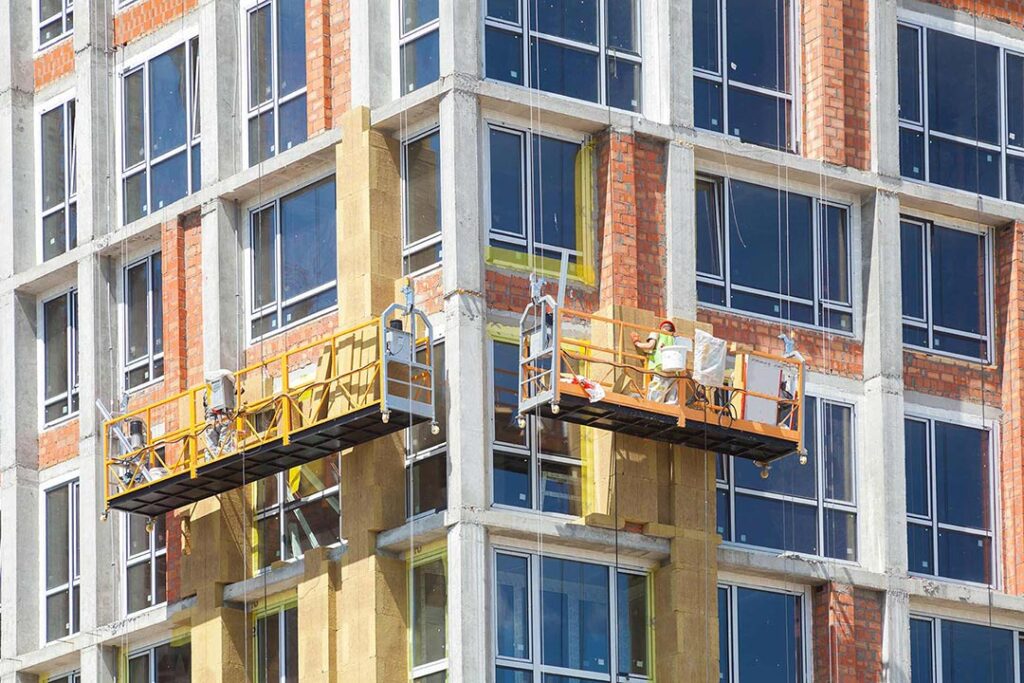
A highly efficient envelope
Ensuring that housing takes advantage of the natural hot or cool conditions is not enough. When, in an uninsulated building, 20 to 25% of energy escapes through the walls, 25 to 30% through the roof, and 10 to 15% through the windows, it is just as important to optimize a construction’s energy efficiency by perfectly insulating the walls, roof, and windows, and guaranteeing the structure’s excellent airtightness. Walls can be insulated either from the outside, with insulation installed under the render or an air gap behind cladding or wall panels, or from the inside, thanks to plasterboard wall lining systems. Rigid or semi-rigid insulation can be installed to insulate walls but must be combined with good airtightness, eliminating stray drafts and thermal bridges.
Different solutions are available for insulating the roof, depending on whether it is a flat roof with insulation below a waterproof membrane (with rigid insulators), unused roof space with floor insulation (either by blowing in loose-fill insulation or laying roll insulation), or converted attic space with sloped roof insulation in one or two layers.
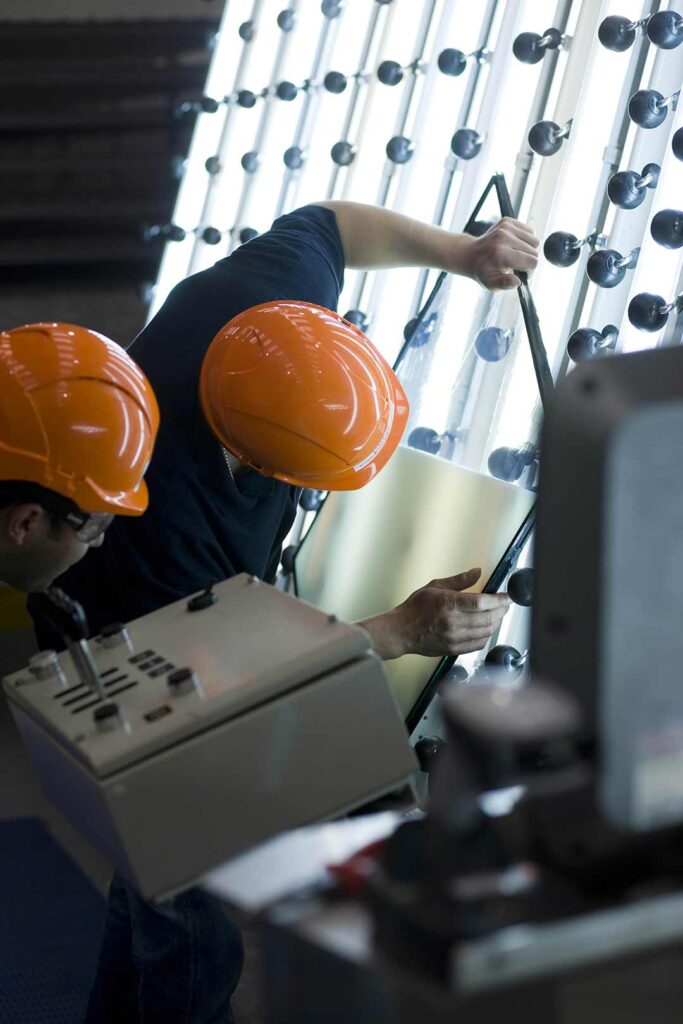
On the glazing side, the range of solutions is now wide enough to cater to different climates and needs. The layered construction of solar control glass lets sunlight in and either radiates or reflects heat away, as necessary. Dynamic glazing such as SageGlass® by Saint-Gobain has a chameleon quality, automatically adapting its tint to the level of sunlight. This solution is also perfect in more temperate areas, for buildings whose facades are entirely made of glass and must regulate the effects of the sun. Another challenge in the northernmost countries is maintaining comfortable indoor temperatures in winter while limiting the use of heating. In Norway and Sweden, triple glazing has long been part of the energy landscape. Building facades make maximum use of layering — a wall, an insulation layer, an air gap, and reinforced cladding — with airtight materials and thick insulation. Shutters, roller blinds and other louvers, which represent real barriers insulating against cold and heat, should also not be underestimated.
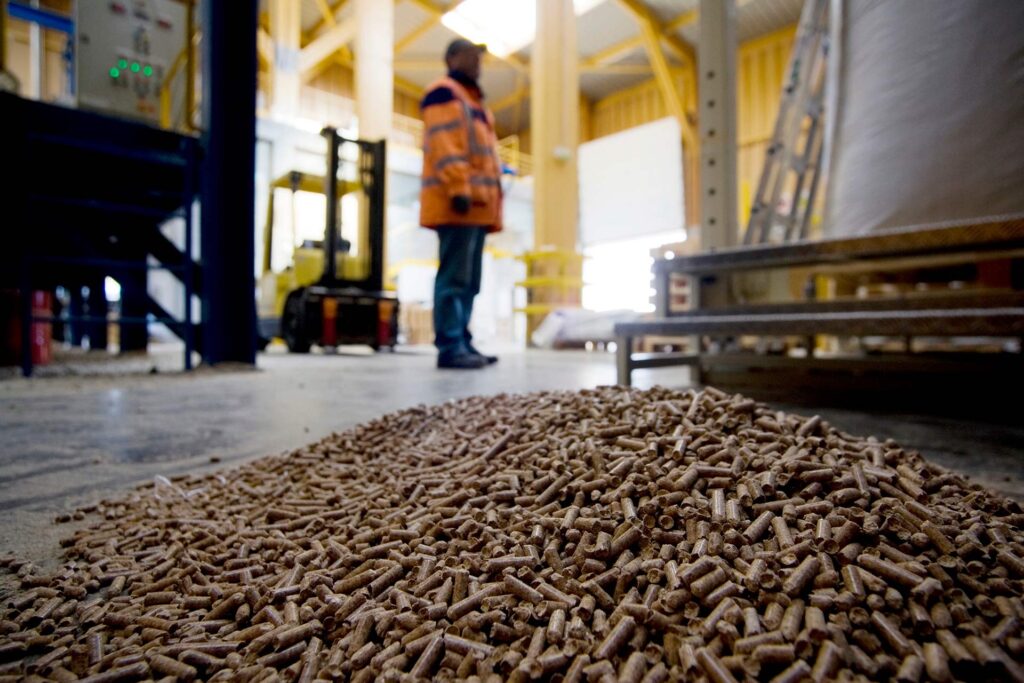
Carefully consider the share of renewables
Having optimized the building’s envelope, it is then a question of installing efficient equipment for heating and cooling, domestic hot water, ventilation, and lighting in the home. The electricity powering this equipment should preferably be produced by means of renewable or carbon-free
energy. There is no shortage of solutions in this respect. And their diversity means that they can suit any scenario.
The easiest energy to install and amortize is solar thermal energy, using panels that convert the sun’s rays into heat. It may be fitted on any kind of building, at any latitude, but should nonetheless take the construction’s exposure into account. A second source — the oldest — is biomass energy obtained from forest and agricultural residue and organic waste.
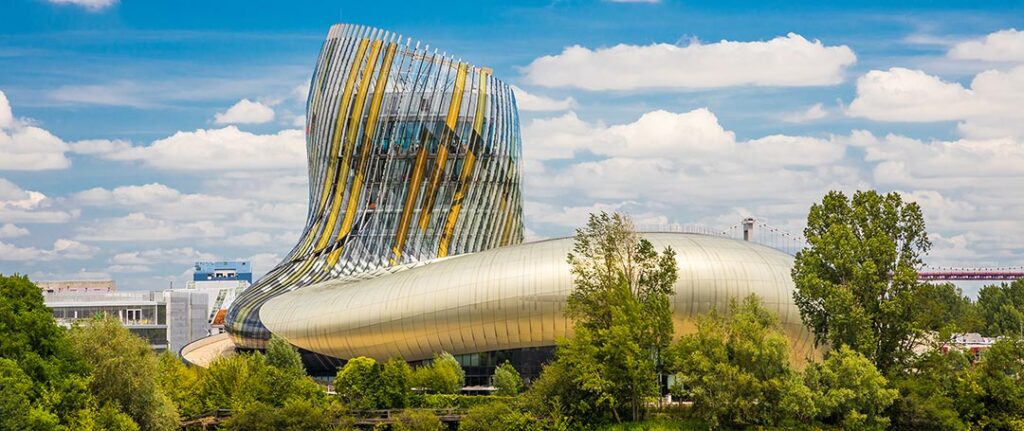
Geothermal energy, in turn, is effective, economical, and has the advantage of functioning anywhere in the world. However, the cost of the heating installations required is high and certain terrains are not eligible. Last but not least, photovoltaic energy, which consists in converting sunlight into electricity using silicon-based cells making up the panel installed on the roof, offers “ready-to-use” energy extremely close to the consumer. Unsurprisingly, a mix of several of these options guarantees high performance.
While many energy-efficiency levers exist, they must still be handled correctly. If this condition is met, the energy consumption of buildings can be reduced, and they can even be made passive.
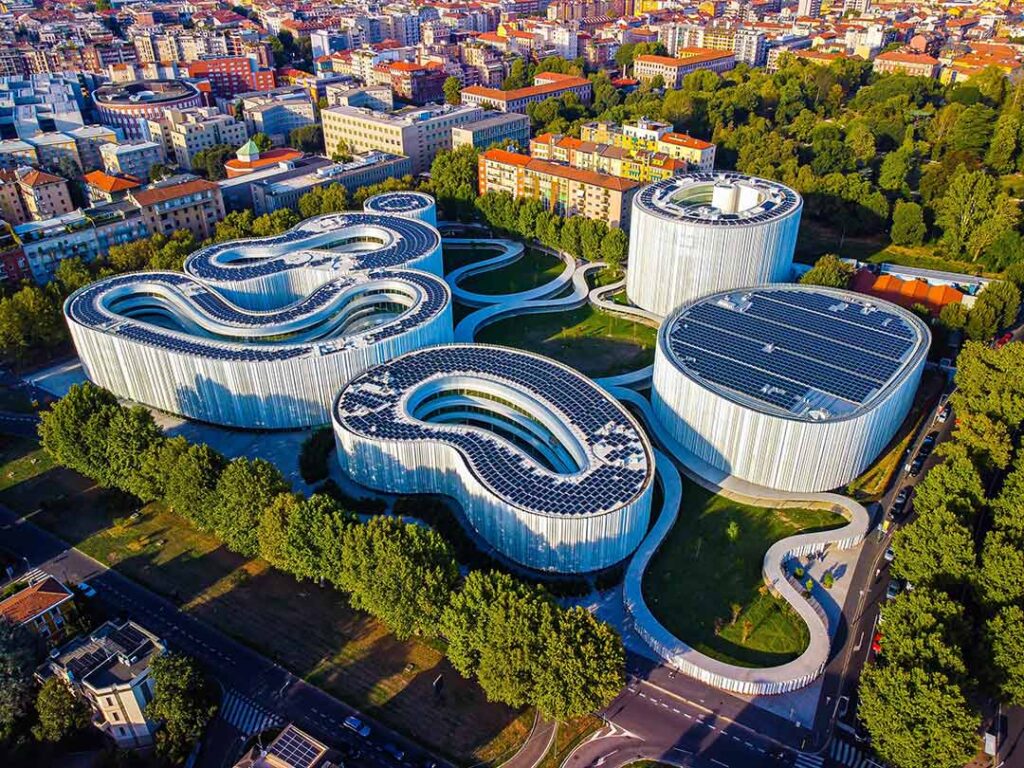
[1] See report by Working Group III "Climate Change 2022: Mitigation of Climate Change," Summary for Policymakers, Technical Summary, FAQ: https://www.ipcc.ch/report/ar6/wg3/
Photo credits: © brizmaker/123RF, © Roman/stock.adobe.com, © Alan Barton/Vetrotech, © Sébastien Rabany/stock.adobe.com, © Viltvart/shutterstock, © Jean LucIchard/shutterstock














